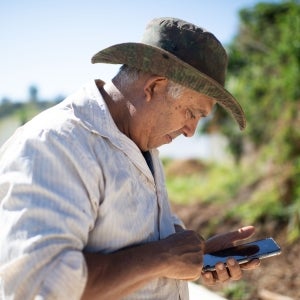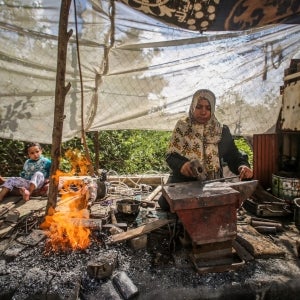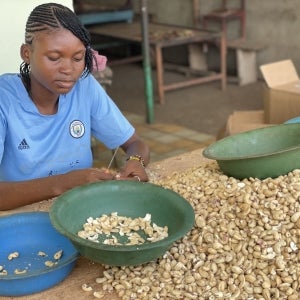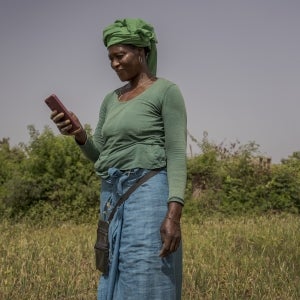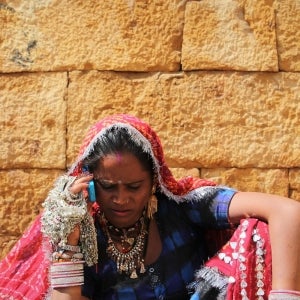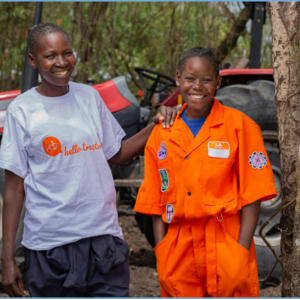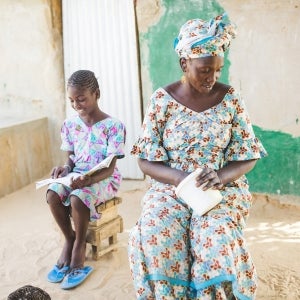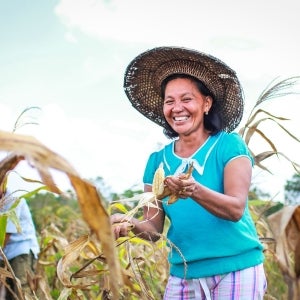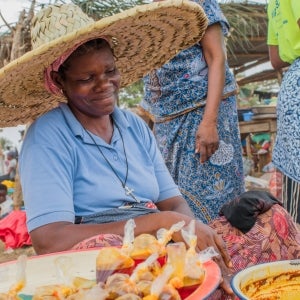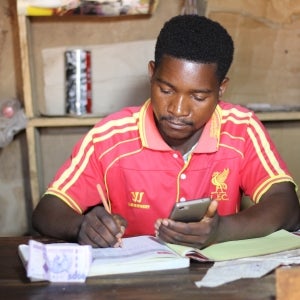What is Vision-Driven Financial Regulation? | Blog
Technology may be the face of innovation, but it is the law that weaves the fabric of progress. That is why regulators play such an important role in addressing innovation. Since innovation is key to advancements in financial inclusion, CGAP has been exploring the intersection between regulation, innovation, and financial inclusion through research focused on […]
Continue Reading